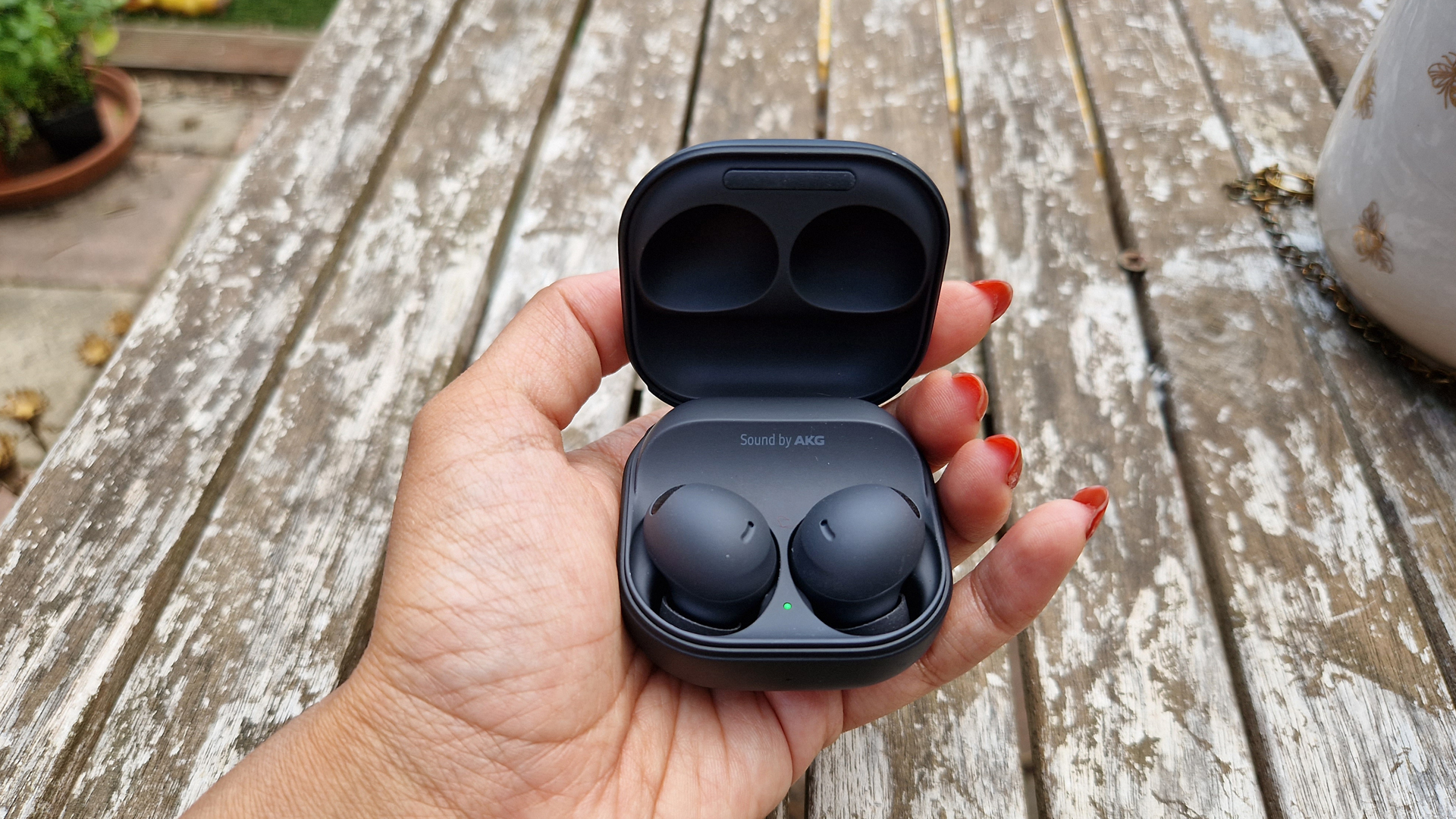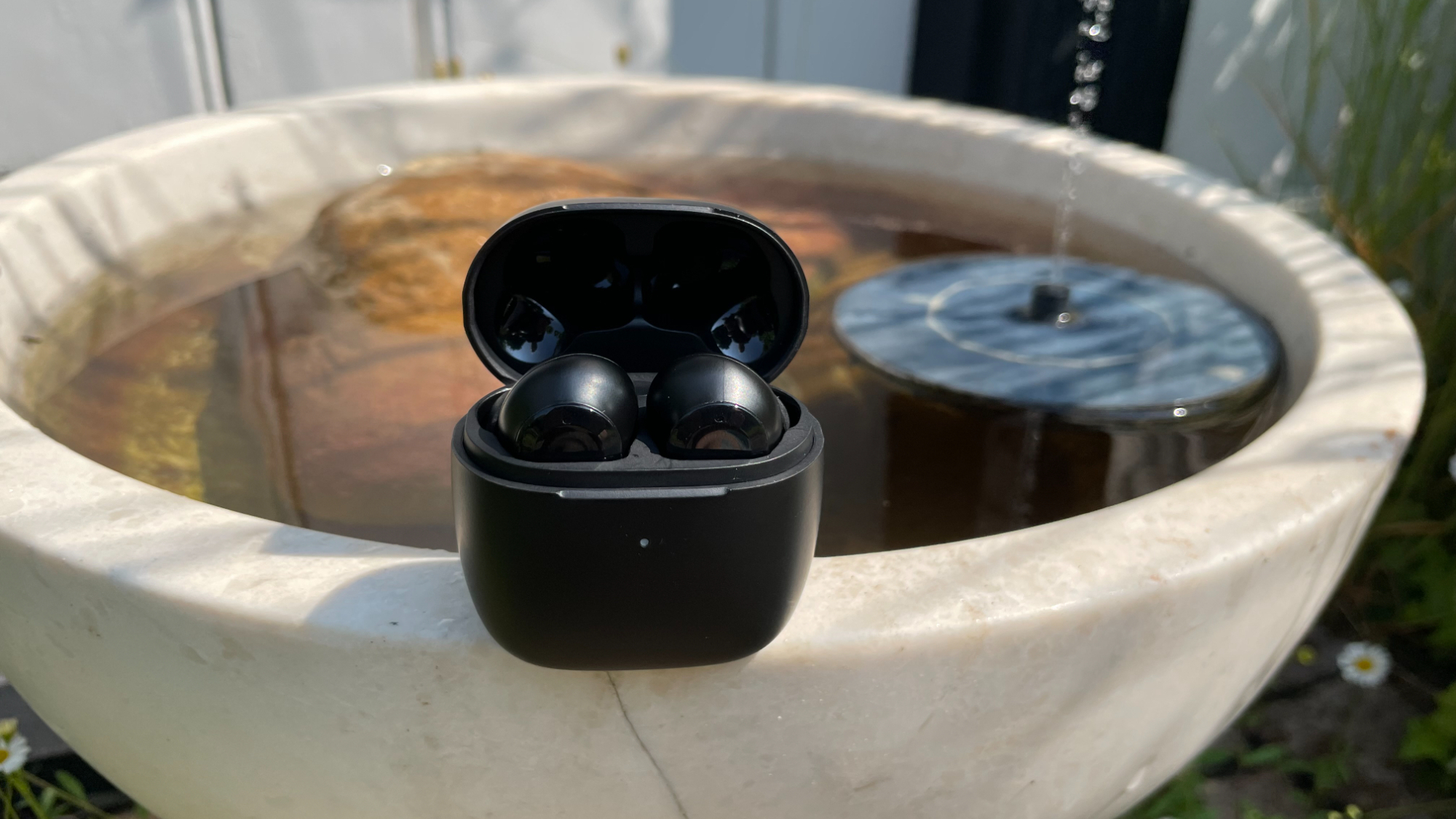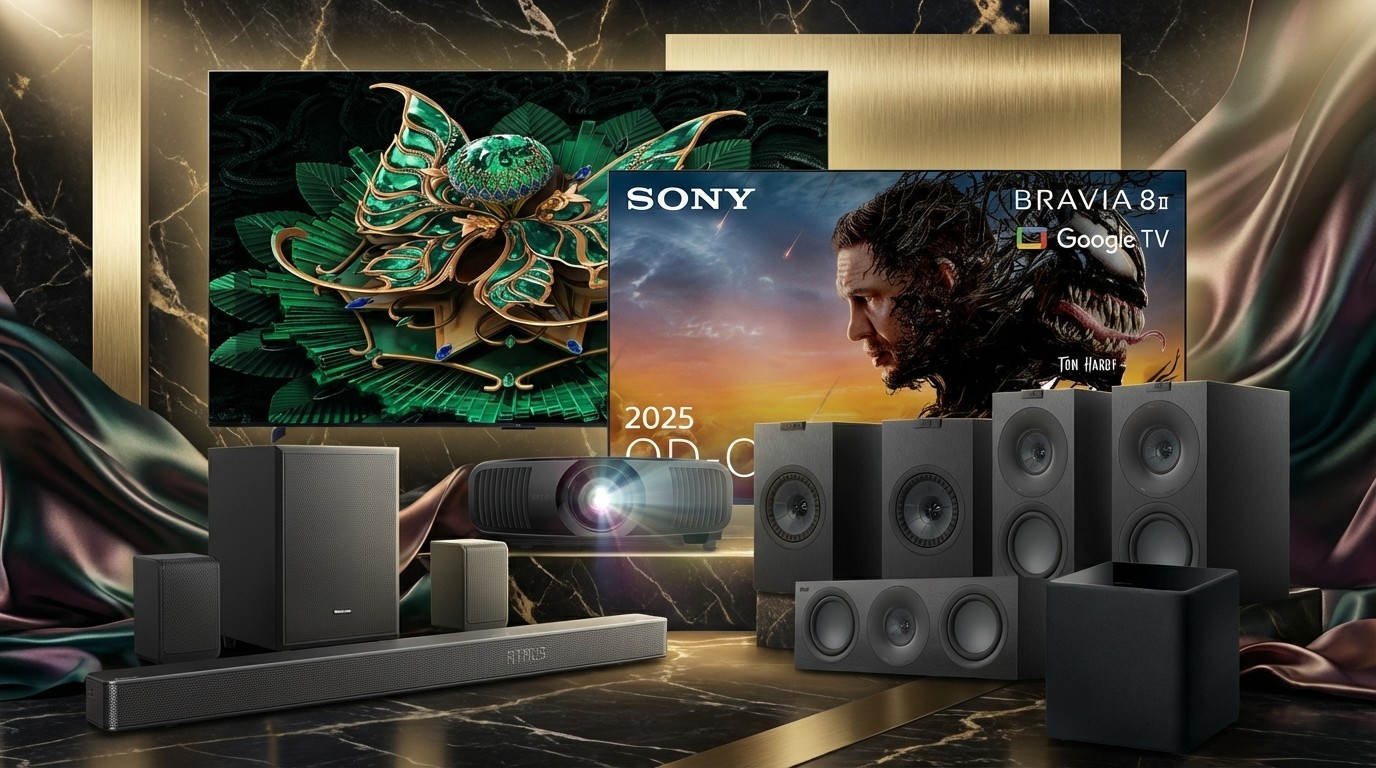Bluetooth LE Audio: what is the next-gen standard? What devices support it?
Higher-quality wireless audio is here

As you would expect from a technology that's now over 20 years old, Bluetooth has come in many different versions over the decades. One of the most recent and most exciting is Bluetooth LE Audio.
Like Bluetooth LE (Low Energy), which launched all the way back in 2011, Bluetooth LE Audio is more power efficient than standard Bluetooth, helping prolong the battery life of devices that use it, such as smartphones, tablets, wireless headphones and Bluetooth speakers. The difference? It's focussed on audio.
What exactly does that mean? What benefits does it bring? And what devices support Bluetooth LE Audio? We'll explain all...
What is Bluetooth LE Audio?

Bluetooth LE Audio is a more power-efficient way of wirelessly transmitting music from one device (like a smartphone) to another (like a wireless speaker or pair of wireless headphones).
It was first announced back in 2020, but the spec was only confirmed in July 2022. According to the Bluetooth SIG (Special Interest Group), which is the organisation behind Bluetooth, LE Audio is the "largest specification development project in the history of the Bluetooth SIG."
Bluetooth LE Audio is a development of Bluetooth LE, which has been around for more than a decade. But whereas standard Bluetooth LE is best used for operations that only need a wireless connection for a brief time to transfer a small amount of data, LE Audio is built specifically with audio in mind, making it much better suited to playing music wirelessly over Bluetooth. Which is why we're so interested in it.
What are the benefits of Bluetooth LE Audio?
With a new format comes a new codec: LC3, which stands for Low Complexity Communication Codec. This standardises how audio is transmitted over Bluetooth LE, and offers sound quality that's better than Bluetooth Classic's SBC codec combined with the power efficiency of Bluetooth LE. That's the theory, anyway.
The latest hi-fi, home cinema and tech news, reviews, buying advice and deals, direct to your inbox.
The Bluetooth SIG claims that the SBC codec encodes a 1.5 Mbps audio stream to a 345 Kbps stream, while Bluetooth LE Audio will compress it at 160 Kbps – which will take up much less bandwidth. Despite this lower bitrate (48 kHz, 32-bit audio at bitrates from 16 to 425 Kbps), the Bluetooth SIG quotes from a listening test that Bluetooth LE Audio's sound quality is perceived as better than that achieved by Bluetooth Classic. Though some are skeptical.
But Bluetooth LE Audio has other benefits. Because it's more power efficient, it should help prolong the battery life of your device, whether it's a smartphone, tablet, wireless speaker or pair of wireless headphones. Lower latency is also quoted. The Bluetooth SIG quoted 20-30ms, to Ars Technica, which should especially benefit gamers. However, the figure will also mean fewer lip sync issues if watching a TV show or movie using wireless headphones.
Bluetooth LE Audio also has no licensing fees, unlike rival wireless tech like Qualcomm's aptX. Which could translate to lower asking prices for compatible devices.
And it allows multiple synchronised data streams. This means that both of your earbuds connect wirelessly to your phone, whereas previously only one would, and would then relay the information to the other. Having both connected makes for a more reliable connection, while also reducing any delay or sync issues between the left and right earpieces.

Multiple data streams makes it possible to connect multiple sets of headphones to one device, too. And it gives you the option of only connecting one earbud from a pair, if you want to sleep on your side, for instance, and don't want the pillow pressing the other earbud into your lughole.
And it opens the door for Auracast, a way of wirelessly broadcasting to multiple devices, so gym users can all connect their wireless headphones to the same TV, for instance. (Check out our hands-on with the technology here.)
Bluetooth LE Audio should sound better over long distances too, thanks to something called Periodic Advertising Enhancement. Without this feature, Bluetooth devices send the same data over and over again to make sure it's delivered, but Periodic Advertising Enhancement allows the device to check just once that the sent data has been received, saving energy and potentially increasing battery life while also reducing skipping.
Finally, hearing aids are greatly improved thanks to Bluetooth LE Audio. Expect longer battery life, and smaller, more discreet units thanks to the powers of Bluetooth LE Audio. Microsoft recently brought Bluetooth LE Audio to a Windows 11 Preview Build beta, letting wearers pair their hearing aid direct to their PC to take calls, listen to music and stream audio.
What devices support Bluetooth LE Audio?

In order to support Bluetooth LE Audio, a device must have Bluetooth 5.2 or 5.3. But beware – not all devices that support those versions of Bluetooth support LE Audio. Some will stick with Bluetooth Classic Audio.
Both the source (i.e. phone, tablet, computer etc) and sink (i.e. wireless headphones, wireless speaker) device must support Bluetooth LE Audio in order for it to work. But with most LE Audio devices also supporting Bluetooth Classic Audio, your sink and source device should still work together, just maybe without all the benefits of LE Audio.
Devices compatible with Bluetooth LE Audio include the Google Pixel 7/8, Samsung Galaxy S23, Samsung Galaxy Z Fold 4 and Galaxy Z Flip 4 smartphones. When it comes to headphones the Samsung Galaxy Buds 2 Pro, OnePlus Buds Pro 2 and Earfun Air Pro 3 true wireless earbuds are also confirmed to support it.
That list is lacking some big products that have launched since the LE Audio spec was confirmed, including the AirPods Pro 2 and Sony WH-1000XM5. That's likely because Apple and Sony favour their own codecs – Apple's AAC and Sony's LDAC are both higher quality than Bluetooth LE Audio's LC3.
This could all be moot, as advances in wi-fi could see it leapfrog Bluetooth as the wireless technology of choice for headphone makers. That's a big if, however. And even if wi-fi did take over the bulk of the wireless work, Bluetooth would still need to stick around as a backup if the wearer strayed out of wi-fi range. Which leaves plenty of room for Bluetooth LE Audio to work its magic.
MORE:
Get up to speed Bluetooth 5.0: everything you need to know
Consult our check-list of 7 things to consider before buying a Bluetooth speaker
See the best Bluetooth speaker deals that are live right now!
Joe has been writing about tech for 20 years, first on staff at T3 magazine, then in a freelance capacity for Stuff, The Sunday Times Travel Magazine (now defunct), Men's Health, GQ, The Mirror, Trusted Reviews, TechRadar and many more. His specialities include all things mobile, headphones and speakers that he can't justifying spending money on.

